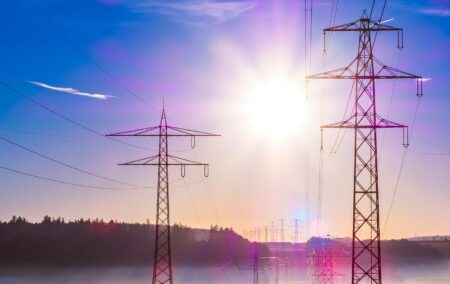Eskom is misleading the public with its load-shedding outlook for summer by focusing on the best-case scenario and not considering past trends in creating its estimates.
Energy expert Hilton Trollip told Newzroom Afrika that Eskom’s claimed reduction in unplanned outages is ‘simply not true, according to Eskom’s own data’.
Eskom told the media it expects 116 days of load-shedding in summer, with a maximum of stage 4.
Eskom’s acting CEO, Calib Cassim, said South Africa got through the winter better than expected, with lower-than-planned demand and improved generating capacity.
Eskom’s goal will be to limit load-shedding to below stage 4, and unplanned outages to below 14,500 MW.
However, this is the best-case scenario, which assumes that Eskom can keep its unplanned losses at 14,500 MW.
If this increases to 16,000 MW (just below what it was for most of the winter), South Africa will experience 187 days of load-shedding with a maximum of stage 6.
In the worst-case scenario, South Africa will only have two days without load-shedding with a maximum of stage 7.
‘For me, it is untenable that the CEO and senior executives of a company can make these statements. If this came out of a large, listed company, their share would hit the floor’, Trollip said.
In addition, units Eskom plans to return at Kusile and Medupi have had historical problems, and it is unlikely that they will return to service smoothly.
‘You do not, as Eskom, put up a best-case scenario and expect credibility’, Trollip said.
When comparing the predictions against what really happened, we see that Eskom consistently delivered its worst-case scenario.
Daily Investor analysed these predictions, showing that South Africa, on average, experienced 9% more days of load-shedding than Eskom’s worst-case scenario predicted.


